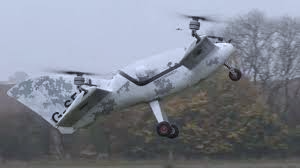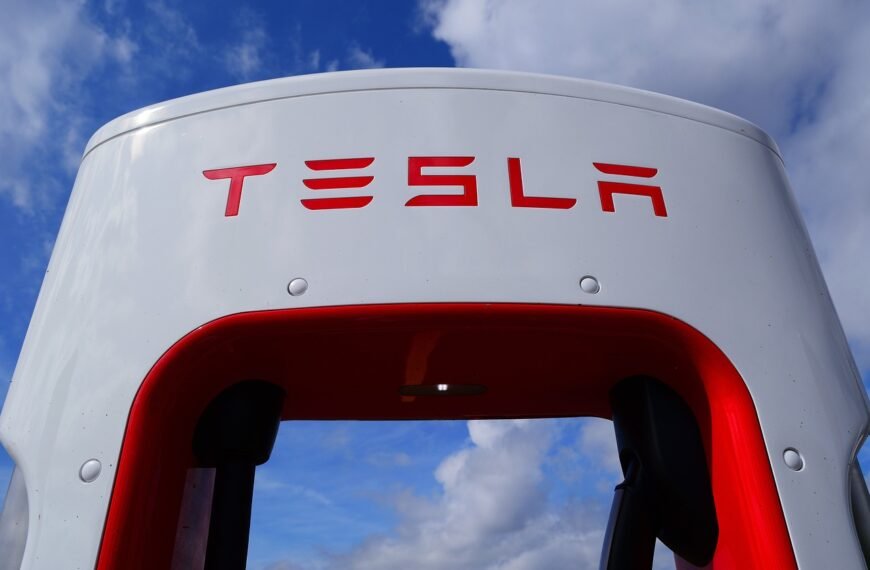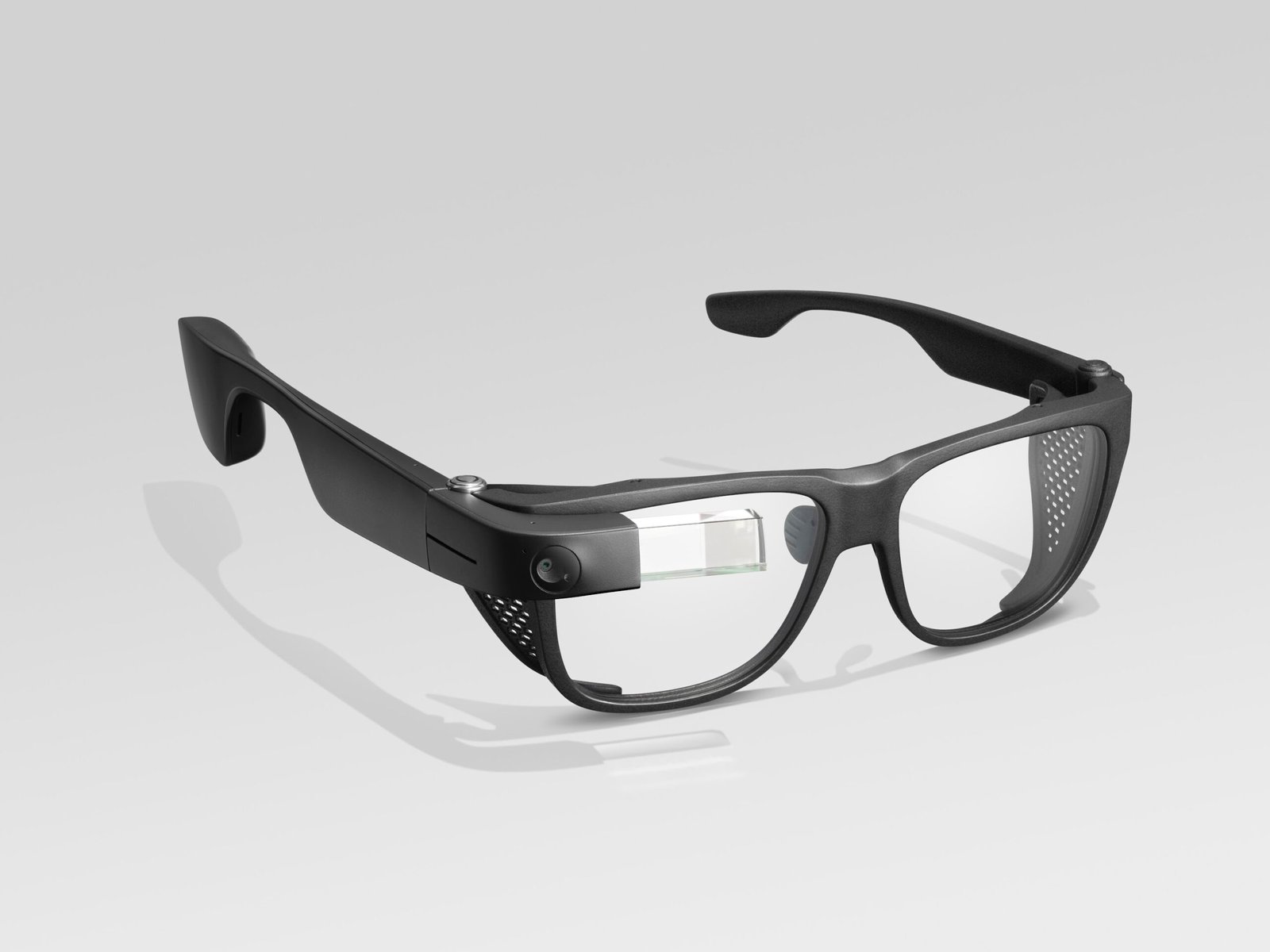Imagine a flying machine that blends the best of a drone and an airplane. That’s the concept behind Skyfly’s new two-seater aircraft, the Axe. This electric aircraft offers the convenience of a helicopter without the high costs, noise, or pollution.
The Axe is an Electric Vertical Take-off and Landing (eVTOL) aircraft, meaning it can lift off like a helicopter but also take off and land on a runway like a fixed-wing plane. With a top speed of 100mph and a range of 100 miles, it can carry up to 172kg—the weight of two average adults. The Skyfly team, based in Oxfordshire, has spent five years refining its design to make it light, efficient, and safe.
Unlike traditional aircraft, the Axe is equipped with eight electric motors and features a unique canard design, meaning the tail is positioned at the front. It weighs 750kg, with 240kg dedicated to batteries, and is built using carbon fiber to keep it as light as possible.
A Safer, Quieter, and Greener Aircraft
Safety is a top priority in the Axe’s design. The aircraft features large wings that help it glide if power fails, and each wing has two motors, allowing one to take over if the other stops working. There’s also an emergency ballistic parachute to ensure a safe landing.
In addition to safety, the Axe is much quieter than conventional aircraft. Traditional helicopters and planes create significant noise pollution, but electric propulsion reduces sound levels, making take-offs and landings less disruptive.
Who Is It For?
While some eVTOL companies are developing electric flying taxis, the Axe is designed for private pilots. With a price tag of £250,000, it is targeted at those looking to move away from fuel-powered planes. It is also expected to attract flight schools for training new pilots.
The Challenge of Charging
Just like electric cars, electric aircraft need reliable charging infrastructure. The Axe can charge overnight using a standard plug, but rapid chargers are being installed at airports across the UK. With more airports adopting electric charging solutions, the demand for clean aviation alternatives is expected to grow.
What’s Next?
Currently, eVTOLs are not yet certified for flight in the UK, but Skyfly’s Axe has already completed successful test flights in both vertical and forward flight modes. The company has 40 pre-orders and aims to deliver its first aircraft next year.
With aviation authorities working on new regulations, the future of electric aircraft is closer than ever. The Axe represents a cutting-edge shift in flying technology, offering a cleaner, quieter, and more accessible way to take to the skies.






















